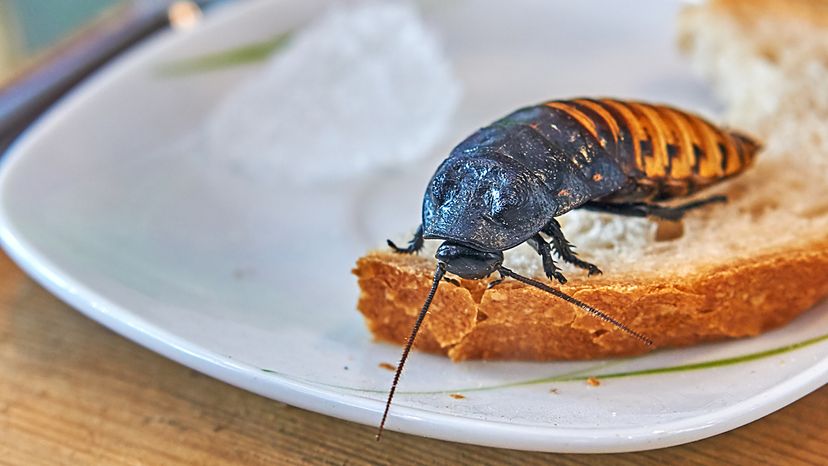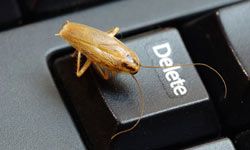
Do you know what attracts roaches and where they're likely to hide? Because you definitely don't want them in your home.
Cockroaches have an almost Transformer-like capability to scuttle, fly, walk upside down and flatten their crunchy bodies before disappearing into sliver-thin crevices. And unless they're hissing or have enough weight to make noise while they take a flagrant stroll across your paper or plastic goods, they are generally silent.
Advertisement
Hard to kill? Yes, that too. All of these factors make them the most successful insect species in the United States, whether they belong to the half-inch (1.3-cm) or 2-inch (5.1-cm) varieties.
Where you find dead roaches is a clue to their origin, route and destination. But if you see a live one that means there are likely whole cities of them hiding in your building.


